Featured Routes – Start Your Journey Here!

LCCE x BAIPP: Prelude to a Winter Wandering
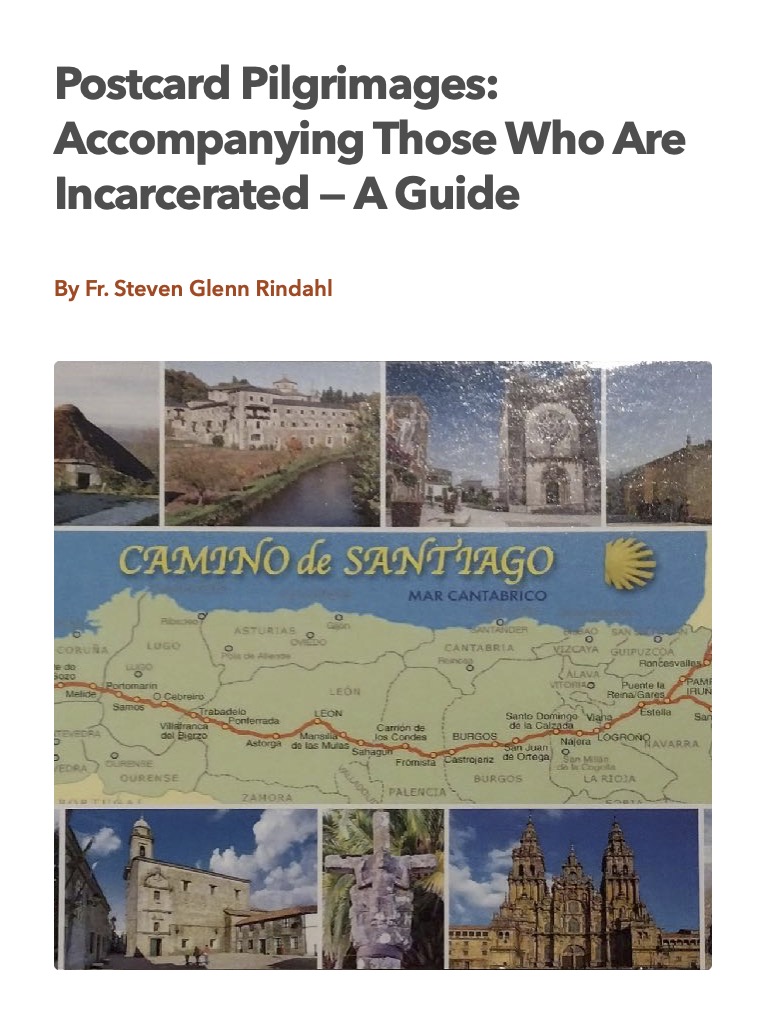
Postcard Pilgrimages: A Guide to Accompanying People Who Are Incarcerated
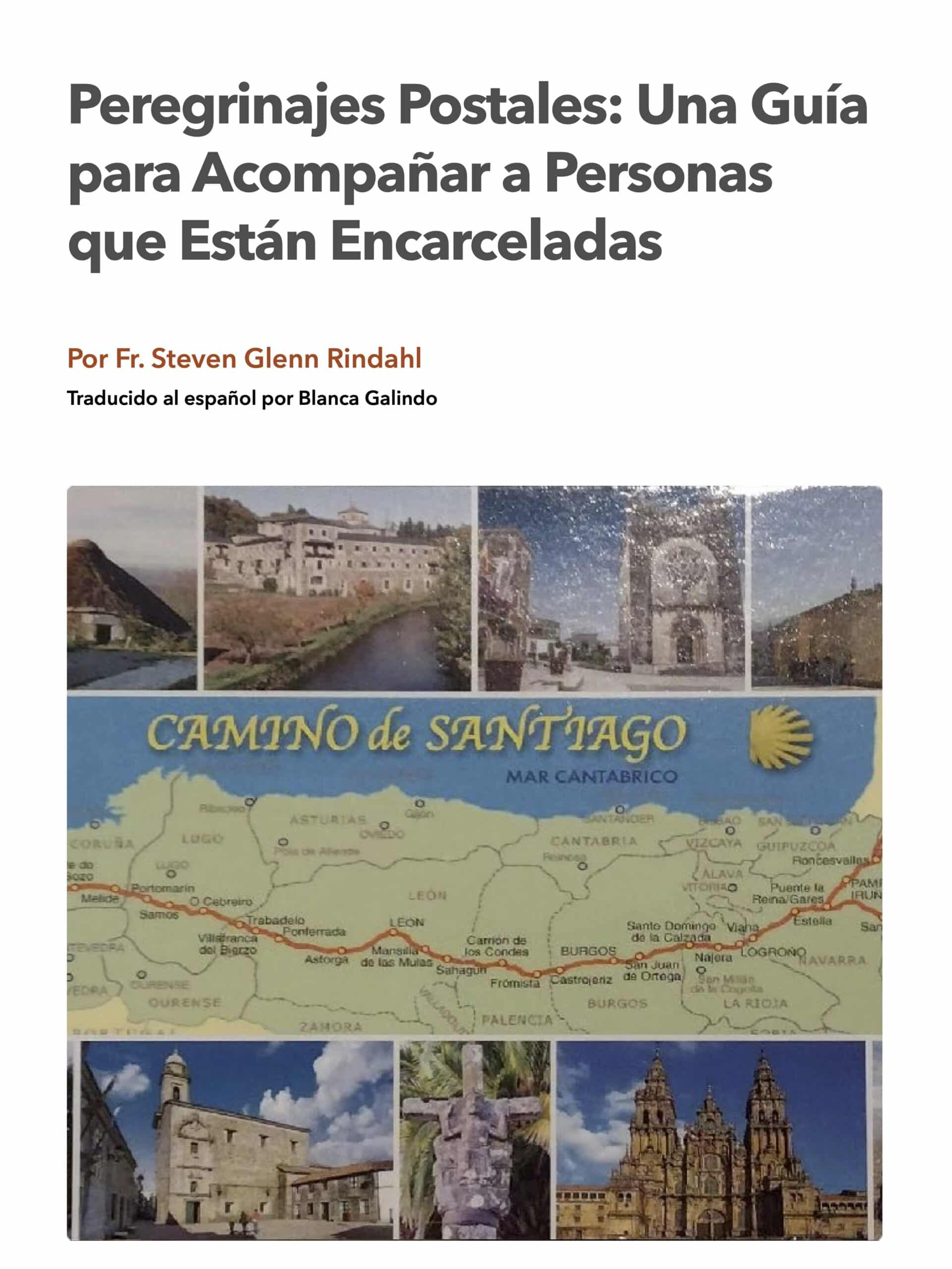
Peregrinajes Postales: Una Guía para Acompañar a Personas que Están Encarceladas

St. Francis in San Francisco: A Pilgrimage Through the Public Art of Beniamino Bufano
California, USA
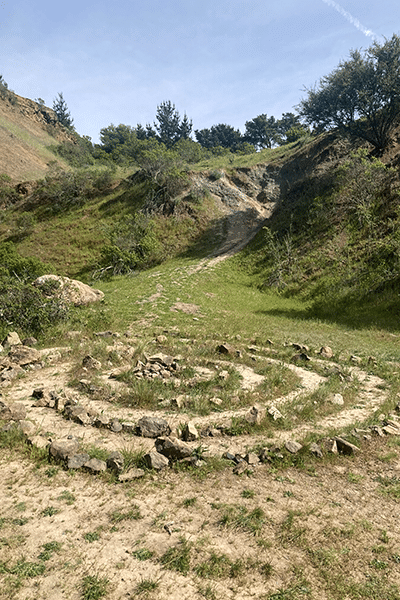
A Musical Labyrinth
Oakland, CA
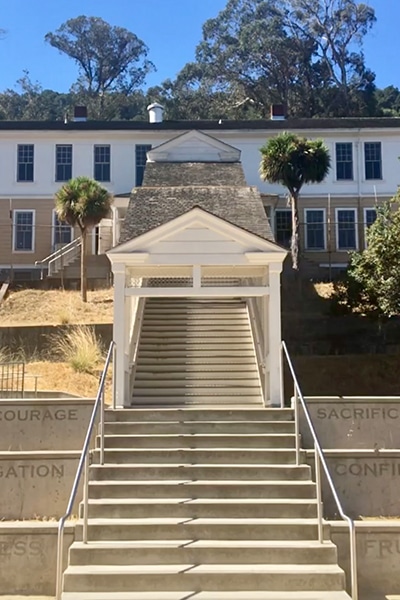
Angel Island Pilgrimage: A Reflection on Roots, Migration, Detention, & Border Control
California, USA
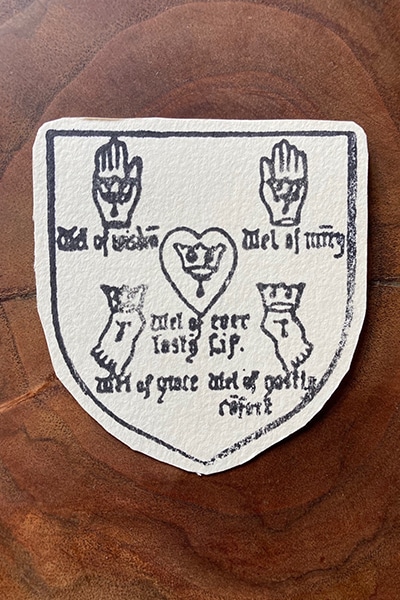
A Pilgrimage of Care, Healing, and Service to the Gubbio Foot Clinic
via Mission Dolores and St. John the Evangelist, San Francisco, CA
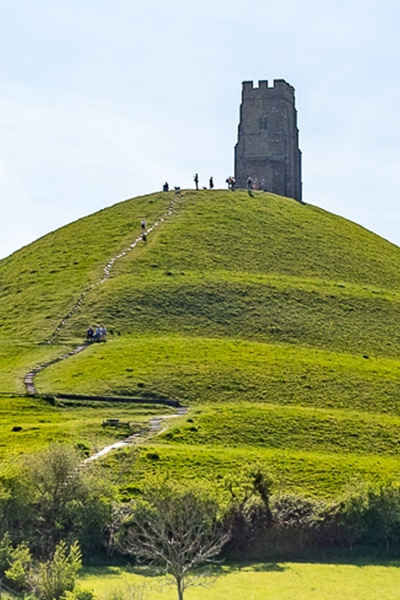
Glastonbury Way Pilgrimage
England, In Collaboration with the British Pilgrimage Trust

Retracing the Ashura Eve Vigil
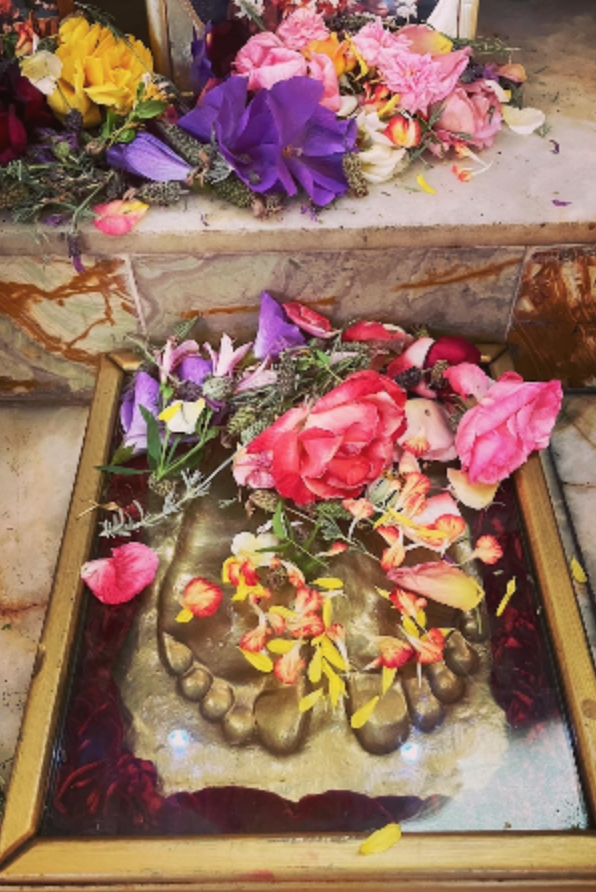
Hare Krishna! A San Francisco Śrīla Prabhupāda Pilgrimage
California, USA
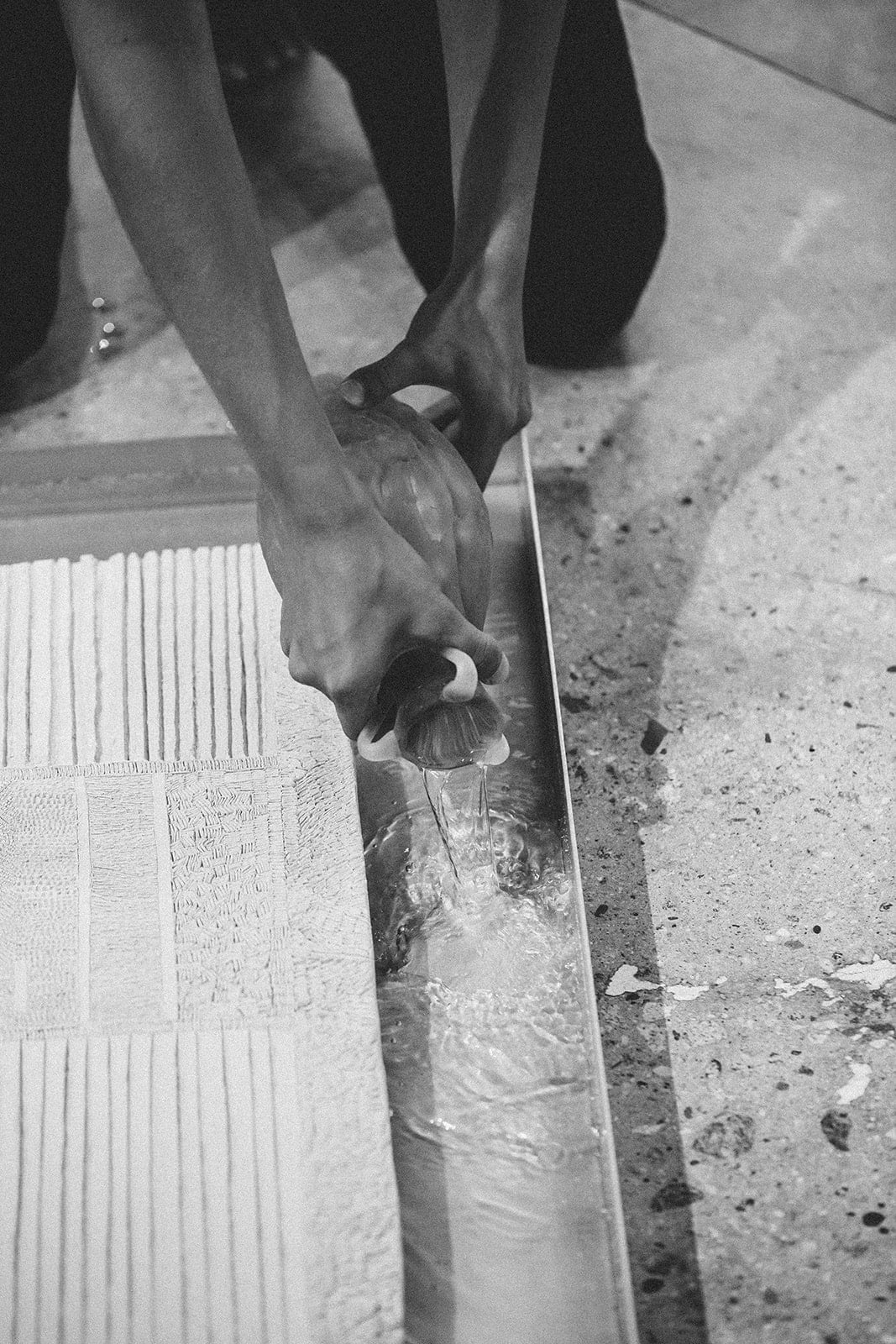
Water Drawing / Rituals of Return: A Pilgrimage for Sukkot

Tracings and Forms: Mapping Montalvo

From Molecule to Spirit: A guide to pilgrimages of healing for folks dealing with cancer and other long-term illness

Pilgrimage at the Baha’i World Center
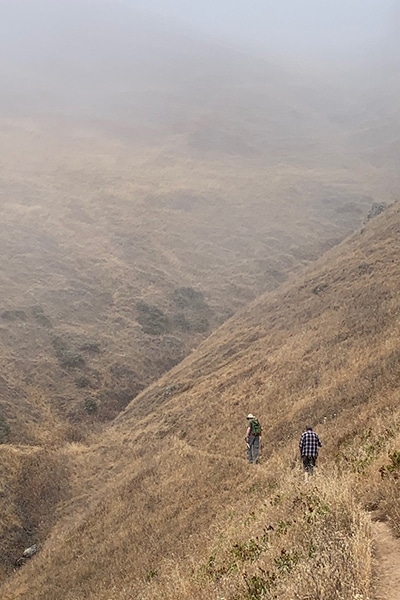
Traversing Tamalpais: Tracing Sacrality from the Coastal Miwoks to the Beatnik Buddhists
California, USA
Protected: Luce Bannan Spirit to Molecule
A Guide to Creating BAIPP Routes
For centuries people across religious traditions have been creating artworks that can truly create an embodied experience of pilgrimage. This experience extends from the artist/maker (art-making as pilgrimage!) to the beholder.
Here is a short video on how this human compulsion extends across traditions, and a short article in the Conversation on some of the pilgrimages-in-place (through art and the built environment) which have popped up in the time of global pandemic.
The BAIPP aims to bring together art-infused pilgrimages that can be experienced in a few different ways.
- All the routes are available to experience virtually. You can sit back, relax, and reflect on a sacred space or route, learning a bit about its history
- Pause to click through to videos, music, and exhibitions
- This opportunity is inspired by Phil Volker of Vashon Island who mapped the Camino de Santiago onto his backyard in Vashon Island in the Pacific Northwest. After a cancer diagnosis in 2013 he began walking a circuitous route around his 10-acre property on Vashon Island in the Pacific Northwest. It was a chance to exercise, which his doctors had encouraged, but also created a space to think and pray. Each lap around the property is just over a half-mile. Realizing that he was covering quite a distance, he found a map of the Camino de Santiago pilgrimage route to track his progress, calculating that 909 laps would get him from St. Jean Pied-de-Port to the Cathedral of St. James. Soon he started to invite people to share meals (Spanish tapas) at his table to celebrate his arrival in cities along the Way,
- Download the route onto your phone and start walking! Your neighborhood will become the trail. As you arrive at sites along the way, take a moment to click through to video, song, and art images.
- If you’re near a pilgrimage that has been mapped, this can add another layer to the experience with suggestions for ritual, meditations, or connected artworks/images
- We strongly encourage all pilgrims to create a land acknowledgment appropriate to the route. Here is an example of a land acknowledgment statement read out at the Jesuit School of Theology at Santa Clara University in Berkeley, CA. For resources on land acknowledgment, please refer to The Segorea Te Land Trust and Kanyon Consulting LLC (‘Land Acknowledgments’). For resources for engaging in and understanding Ohlone history and cultures at SCU, visit the Ohlone Heritage Hub. If you are interested in understanding the geographies of this area’s Native culture and political organizations, visit the interactive map.
- Acknowledgment of Native American peoples: We pause to acknowledge that the Jesuit School of Theology of Santa Clara University sits on the land of the Muwekma Ohlone people who speak the Chochenyo language, who trace their ancestry through Mission San Jose in Fremont. We remember their connection to this region and give thanks for the opportunity to live, work, learn, and pray on their traditional homeland. Let us take a moment of silence to pay respect to their Elders and to all Ohlone people past and present.
- We encourage you to engage the senses as much as possible – ask your reader to light a stick of incense, to carry a stone, to drink a glass of water, to pause to breathe
- The more is the merrier in terms of site videos and links
Here is an example of a route created by Kathryn Barush and Guy Hayward in collaboration with the British Pilgrimage Trust and Glastonbury Pilgrim Centre.
For inspiration, we also recommend the Guidebook for an Armchair Pilgrimage

